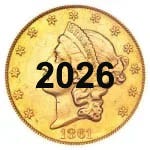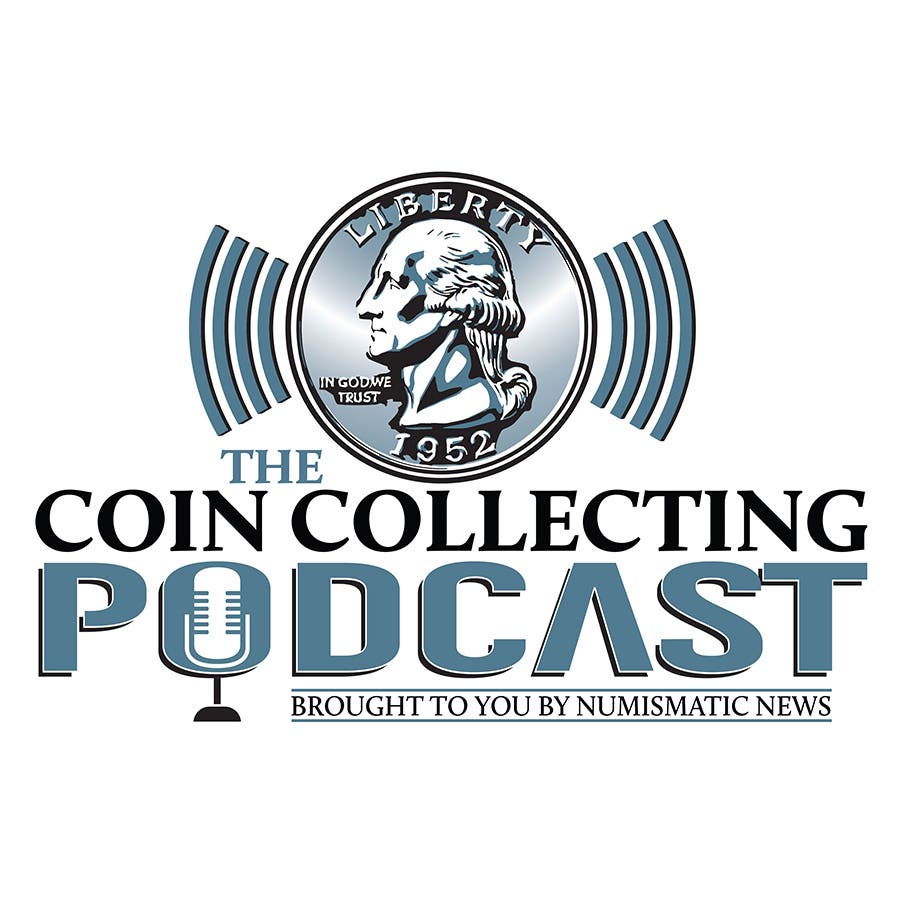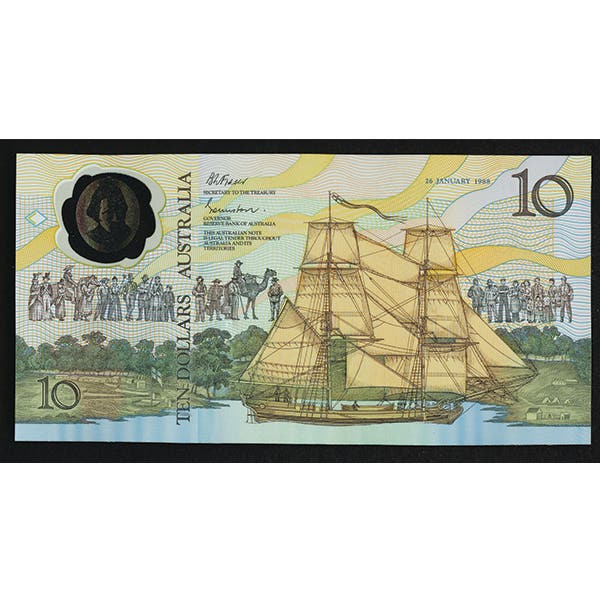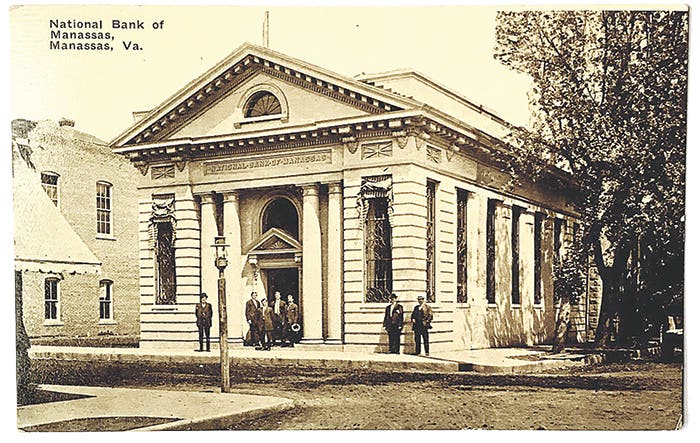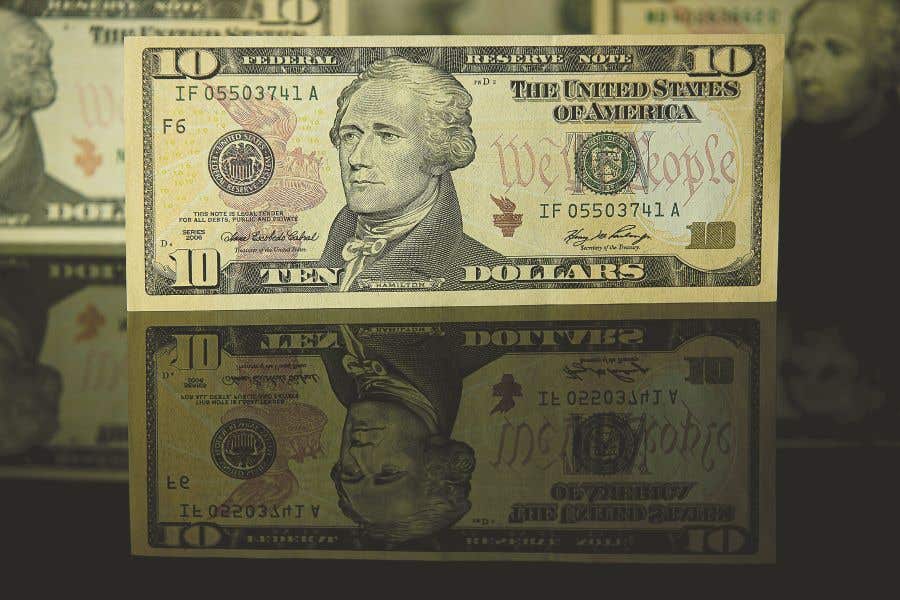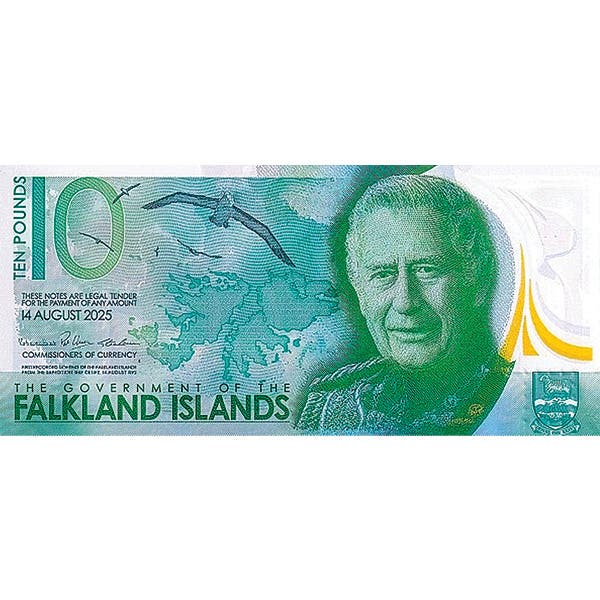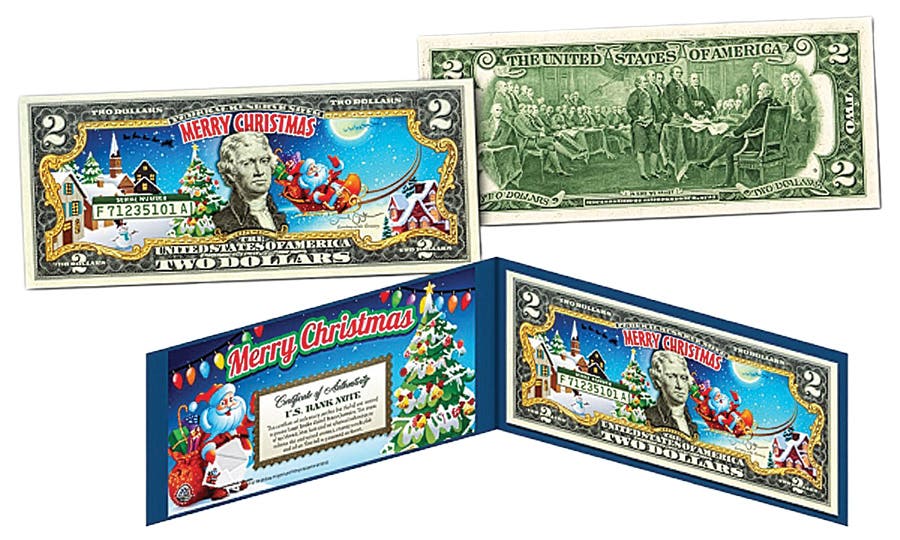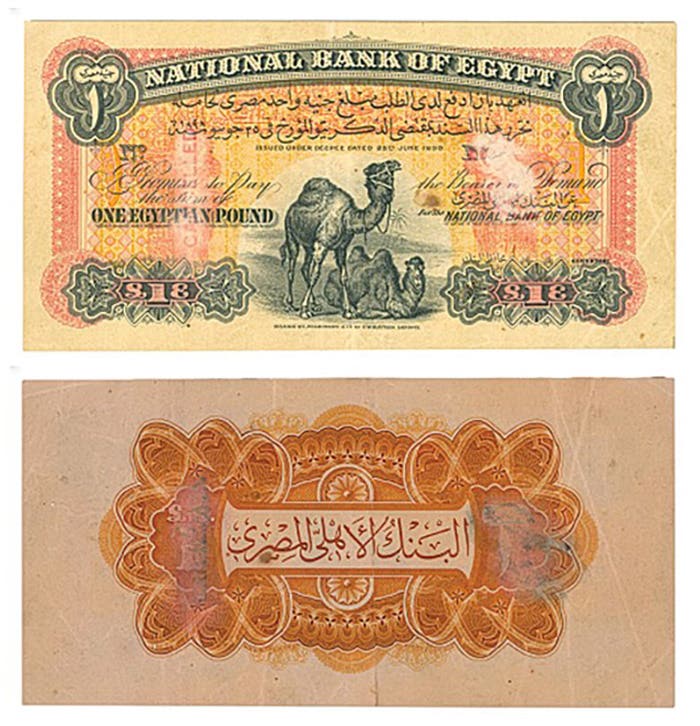Bargains to be found in Federal Reserve Notes
By Bill Brandimore Colonial and Continental notes were strong at Long Beach with the presence of a number of notes slabbed in attractive grades. This is a very interesting area…
By Bill Brandimore
Colonial and Continental notes were strong at Long Beach with the presence of a number of notes slabbed in attractive grades. This is a very interesting area to collect with some historic signatures and many patriotic themes.
Fractionals were also stronger, although a sheet of three-cent notes sold cheap, along with other sheets. I also outsmarted myself. I was interested in an obsolete Michigan sheet, and two sheets were in the auction, so I put an early bid in on the second one listed. When the first one sold very inexpensively, I was very pleased until someone went wild bidding on the second and pushed it all the way up to my top bid.
Prices for small-size notes varied considerably, with some Federal Reserve Notes selling well below catalog prices and others much higher. This area seems like one to explore for future bargains. Large-size note prices seemed lower across the board. This was especially true with regard to $20 1880 Hamilton Legal Tenders and $10 Webster Jackass notes. These notes both offer a significant number of signature combinations and wide gaps between common and rarer notes. I chose to purchase a more common Hamilton note in 58 grade, which was still a significant amount of money to my budget. The same was true for a Jackass 55 note I purchased in a 55 grade.
A number of scarce notes in these issues sold at quite reasonable prices. There also seems to be irregular patterns in EPQ and PPQ adjectives on graded notes. Some notes seem to show little variance and others a considerable gap. This is really apparent in rare notes, more so than in common notes. Also, if one wants to bid on lower-graded notes, they would do well to study the internet-only areas of the catalogs. Here also seem to lie more bargains in high-grade common items.
One difficult area to analyze is the sometimes narrow and sometimes wide discrepancy between notes graded 63 and 64. The 65 notes appear to have given up Gem supremacy to notes graded 66. I attribute this to grading erosion. Not too many years ago, there were very few 66-graded notes. Now they seem quite abundant, and in my eye, appear to be 65 notes.
I suggest grading graded notes yourself rather than trusting the labels. Sometimes I am quite satisfied with a 35 note that is bright, well-centered, and very attractive. At the same time, 60 to 63 notes can be unattractive with respect to centering and brightness. This is, of course, an individual choice, and I am happy to own a 25 note in my FRN collection. I also appreciate rarity, and some Very Fine notes present quite nicely.
For now, I am looking forward to the Michigan State Show on Thanksgiving weekend at the Macomb College Athletic building in Warren. There will be a lot of vendors, and I’ll be looking at Obsoletes and Nationals.
Peter Huntoon and Bob Campbell will be presenting on Sunday at a Central States Numismatic Society Educational Seminar at the MSNS venue. Cost is $25 for CSNS members and $50 for non-members. This will cover currency, toned coins, and ins and outs of buying and selling your coins. There will be four talks in all, or attend one talk for half price.
Email me at billbrandimore@charter.net and let me know what you have to say about market trends.
This article was originally printed in Bank Note Reporter. >> Subscribe today.
If you like what you've read here, we invite you to visit our online bookstore to learn more about Standard Catalog of United States Paper Money.


